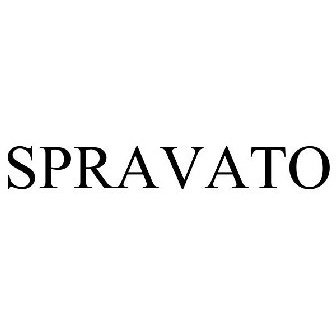by Meghna Anand
On March 5, the FDA approved a new drug called esketamine that will be used to treat depression. It could provide relief for the one in three (5 million in the US) depression patients who don’t respond to conventional antidepressants, or respond negatively. Furthermore, since it takes effect within hours, some psychiatrists are considering using it to treat patients during the weeks it takes for oral antidepressants to kick in.
The drug is derived from ketamine, an anesthetic, and will be marketed as Spravato. It is unique, as it targets glutamate, as opposed to serotonin, norepinephrine or dopamine like oral antidepressants.
It will be administered as a nasal spray because a pill wouldn’t necessarily target the right areas in the brain, and an IV drip is impractical. It is intended to be taken twice a week for a month in conjunction with oral antidepressants, and the dosage is to be decreased gradually over the course of 6-12 months. The one-month treatment will cost $4,720-6,785, and follow-up will cost $2,360-3,540. Hospitals may charge an additional amount. The FDA has issued a black box warning for esketamine, as it is potentially addictive, as well as having side effects such as out-of-body sensations and hallucinations. We don’t know the long-term effects of the drug. People who abuse ketamine (the anesthetic esketamine is derived from) use it in high doses frequently experience bladder toxicity and/or cognitive problems. The FDA has decided that doses taken must be registered and supervised, and patients must be monitored for two hours after dose. The patient will not be allowed to drive on the day of treatment.
There are many barriers for patients who want to use the drug and psychiatrists who want to administer it. First of all, because the drug is so expensive, many people may not be able to afford the treatment. Furthermore, we don’t know what the long-term effects of esketamine may be, and although the precautions mandated by the FDA should prevent abuse, they are incredibly inconvenient. Doctors have to figure where to put the patients being monitored. People using the treatment have to take time out of their schedules to come to the hospital for four hours a week, and find someone to drive them around two days a week.
Although the future of esketamine remains to be seen and is full of unknowns, this drug may be a glimmer of hope in a world where depression, one of the most common mental health disorders, may seem insurmountable to many people.



